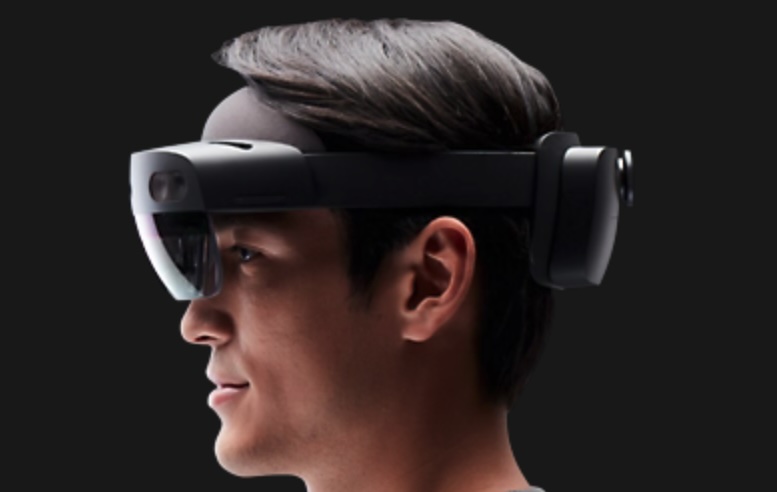Imagine it. Instead of people sitting around a cafe checking their smartphones, people are instead sitting calmly using mixed reality headsets. That’s right, mixed reality headsets (MR) have the potential to replace our traditional screens and devices. And it’s probably coming sooner than we all think.
What Are Mixed Reality Headsets?
MR headsets blend the real and virtual worlds. Yes, in case you’re wondering, MR headsets utilize AR concepts to achieve and overlay of digital information across your reality. There’s a slight nuance here: AR is more about overlaying gaming type content, while MR headsets appeal to people who want digital content seamlessly overlayed or brought into their physical environment.
One of the most popular MR headsets is undoubtedly the Microsoft HoloLens. It uses transparent visors to allow you to view the real world directly. The device then projects holographic images across the screen – and, across your reality.
MR headsets, depending on the brand, pass through these visualizations in unique ways. For example, Meta’s Quest Pro uses external cameras to capture a video feed of your surroundings. This is less direct method than Microsoft’s HoloLens, which allows a direct view, but both technologies achieve the same end-goal.
The Power of Mixed Reality – Where is This All Going?
So now you understand the powerful capacity of MR headsets. It becomes obvious now that this technology stands to change the world, at least in some small way. But there’s a possibility that MR could change the world in big, bold ways.
Let’s look at how.
We speak a lot about gaming around here. But MR is bigger than gaming alone. It has the potential to change our lives and culture in a variety of impactful ways.
Here’s a few:
MR could break down geographical barriers, allowing teams to collaborate in virtual workspaces with shared holographic models,whiteboards, and tools.
On-the-job training becomes far more intuitive with MR overlays guiding workers through complex procedures, even providing real-time feedback.
Engineers, architects, and designers can visualize and manipulate 3D models in their actual environments, speeding up development and reducing reliance on physical prototypes.
Immersive experiences may help with educational concepts such as design or history, or even art.
We may be able to teleport college students to a virtual field trip. MR can be used to personalize learning and provide visual aids like never before.
In the healthcare industry, surgeons could overlay a patient’s scans and vitals directly into their field of view and achieve more efficient surgeries. MR may help with rehab programs where games could help people heal.
In the entertainment industry, MR concerts and sporting events and even collaborative games may close the gaps of our locations.
MR’s potential benefits are massive. But this isn’t to say that MR isn’t without its challenges.
Mixed Reality Challenges – What Could Stop It?
We see the potential for MR in our society and culture. But what are the things that could serve to slow it down, or even stop it entirely?
The first is cost. High-end MR headsets are expensive, making them inaccessible to a large portion of potential users. The Meta Quest Pro currently costs $1499 while the Microsoft HoloLens 2 rings it at a crazy $3500. This is unaffordable to most people.
Most likely, the technology’s pricing should come down over time. But for now, it’s a big glaring issue.
The current iterations of these headsets make them very bulky and heavy, not comfortable at all for wearing for long periods of time.
Another big hurdle will be people’s sensitivity to potential surveillance concerns. In this way, big brother might have even more information to peruse, such as everything you see. MR headsets, with their cameras and sensors, gather vast amounts of data on users and their environments, raising critical privacy issues.
Lastly, MR headsets could cause people to disengage and disconnect from the real world. This could drastically damage real world social interactions that already seem to be on the decline. Imagine a cafe full of people wearing bulky headsets not talking. That could be where we’re headed.
Conclusion
MR headsets offer us amazing potential, but also some social and ethical concerns. The technology is too expensive to become fully widespread, but like most technology, production costs are expected to drop.
One way or another, MR will have an impact on our world.
